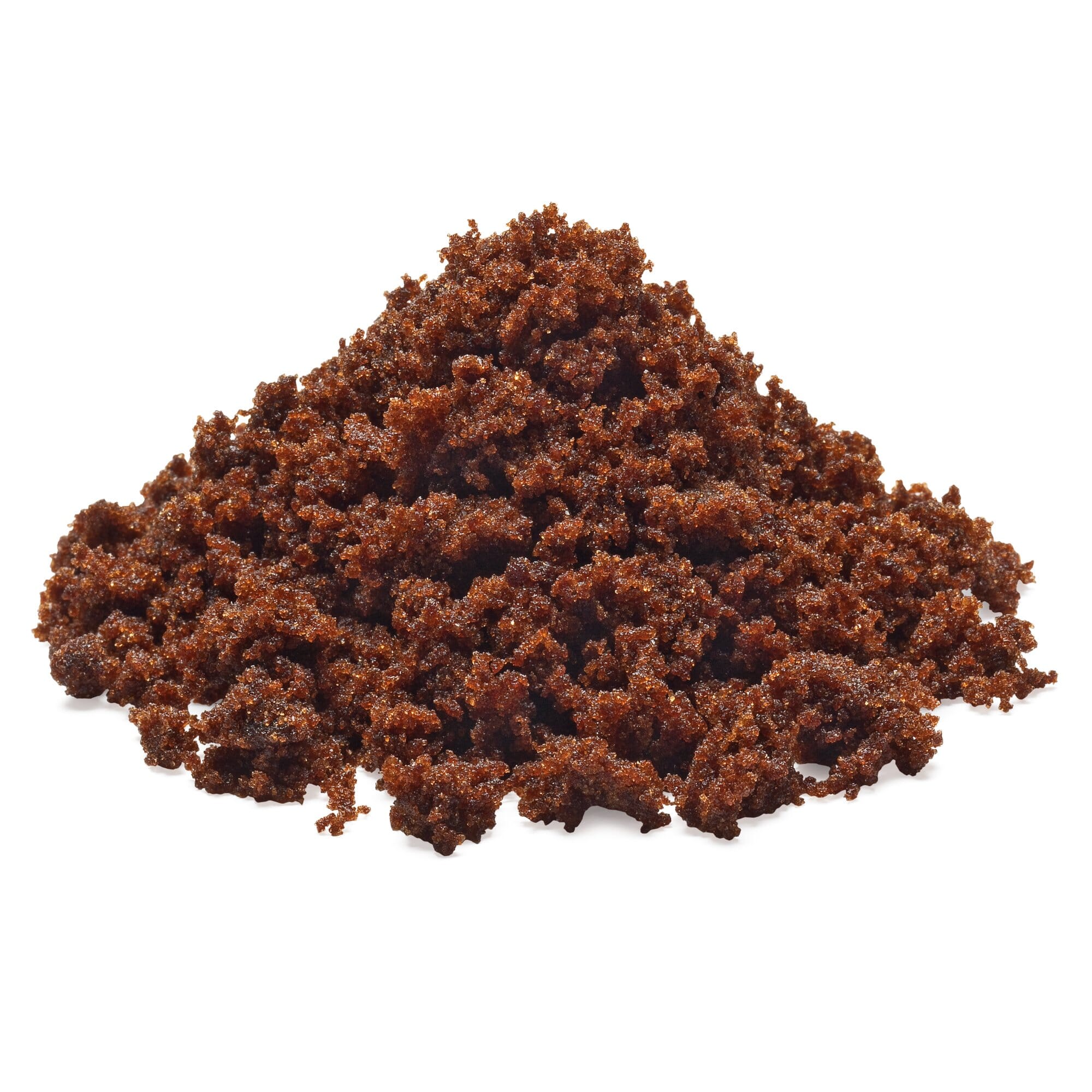The Journey of Cane Sugar Processing: From Harvest to Crystals
The Journey of Cane Sugar Processing: From Harvest to Crystals
Blog Article
An Extensive Guide to the Environmental Impact and Sustainability Practices in Walking Cane Sugar Handling
The environmental effect of walking cane sugar processing presents an intricate variety of challenges that warrant careful evaluation. From dirt degradation and extreme water usage to the carbon impact linked with cultivation and manufacturing, the effects of typical practices are far-ranging. What certain methods can be implemented to strike an equilibrium in between productivity and environmental stewardship?
Review of Cane Sugar Handling
Walking cane sugar processing includes a collection of systematic actions that change sugarcane right into refined sugar. Originally, collected sugarcane is moved to refining facilities, where it goes through cleansing to get rid of soil and debris. Following this, the walking cane is crushed to remove juice, which is after that cleared up by removing contaminations with heating and the enhancement of lime.
The cleared up juice goes through dissipation, where water is eliminated to concentrate the sugar web content. This concentrated syrup is then taken shape through cooling, allowing sugar crystals to form. These crystals are divided from the remaining syrup utilizing centrifugation, leading to raw sugar. To achieve polished sugar, the raw product undertakes more purification processes, which may consist of filtering system and cleaning to eliminate staying pollutants and shade.
The end product is after that dried and packaged for distribution. Throughout this entire process, maintaining efficiency and quality control is necessary to guarantee the sugar satisfies market criteria. Each action in walking stick sugar processing not only adds to the last product however additionally has effects for source use and waste generation, setting the phase for conversations on sustainability and environmental impacts connected with sugar manufacturing.
Ecological Obstacles of Manufacturing
The manufacturing of cane sugar offers a number of considerable environmental difficulties that warrant attention. One primary problem is the substantial usage of agrochemicals, consisting of pesticides and fertilizers, which can lead to soil deterioration, biodiversity loss, and contamination of neighborhood water sources. The overflow from sugarcane areas frequently carries these chemicals right into neighboring environments, interfering with marine life and influencing the health and wellness of areas reliant on these water bodies.
An additional difficulty is the high energy consumption connected with sugarcane processing. The boiling and refining stages need significant heat, primarily created by melting nonrenewable fuel sources, contributing to greenhouse gas emissions. In addition, the extensive land area required for sugarcane growing can lead to deforestation and habitat devastation, further worsening environment modification and threatening wild animals.
Moreover, the labor techniques in some regions increase moral problems, as employees might face bad working conditions and inadequate incomes. This situation usually perpetuates a cycle of destitution in neighborhood areas. Cane Sugar Processing. Addressing these environmental challenges is important for creating much more lasting practices in walking cane sugar production, ultimately profiting both the setting and the neighborhoods associated with this market
Water and Land Usage Impact
Water sources and land usage are essential parts in the cane sugar industry that substantially affect the atmosphere. The farming of sugarcane requires significant water input, with price quotes recommending that it can eat up to 2,000 liters of water per kilo of sugar created. This extensive usage of water often brings about deficiency of neighborhood water resources, impacting not just the sugarcane vineyards however additionally surrounding ecological communities and communities that count on the same water resources for farming and domestic use.

Moreover, land use for sugarcane farming can cause deforestation and the conversion of all-natural environments right into monoculture plantations. This technique lessens biodiversity, disrupts regional environments, and adds to dirt destruction. The a knockout post growth of sugarcane areas commonly intrudes on important farming land, creating competition for resources between food and biofuel manufacturing.
Lasting practices, such as optimizing watering techniques and implementing plant turning, are important to minimize these effects. By taking on extra reliable water use and land management strategies, the walking cane sugar market can reduce its ecological impact, making sure a balance in between farming performance and ecological conservation.
Greenhouse Gas Emissions
Greenhouse gas discharges represent a significant environmental issue within the walking stick sugar processing sector, especially as agricultural practices expand to satisfy global need. The cultivation of sugarcane, a crop that prospers in exotic environments, counts greatly on artificial fertilizers and pesticides, which add to laughing gas emissions. Additionally, land-use adjustments, consisting of logging for brand-new sugarcane vineyards, release co2 kept in plants and dirt.
Throughout handling, power usage is one more significant resource of greenhouse gas discharges - Cane Sugar Processing. Numerous sugar mills use nonrenewable fuel sources to power machinery and produce warm, leading to substantial carbon footprints. Moreover, the transport of raw sugarcane and completed products adds layers of emissions via gas burning in cars
This involves examining current farming methods, refining methods, and transportation systems to recognize locations for renovation and reduction. Resolving greenhouse gas discharges is necessary for fostering an extra lasting walking cane sugar market in an altering environment.

Lasting Practices and Innovations
Lasting practices and technologies are increasingly crucial in the walking stick sugar processing market as stakeholders seek to lower ecological influences while preserving performance. One substantial development is the implementation of integrated crop administration, which optimizes source use by combining dirt administration, bug control, and plant rotation strategies. This strategy boosts yield while reducing chemical inputs and maintaining dirt health.
Additionally, the adoption of sustainable energy resources, such as biomass from sugarcane residues, has gained grip - Cane Sugar Processing. By transforming waste products into power, refining centers can lower their dependence on nonrenewable fuel sources, thus reducing greenhouse gas discharges
Water management methods have additionally seen enhancements with the recycling go to website and reusing of water in processing plants, considerably reducing freshwater consumption. Technologies in modern technology, such as precision farming, allow farmers to keep an eye on plant health and source usage a lot more effectively, making sure sustainable farming methods.
Furthermore, certification programs like Fair Trade and Jungle Alliance urge eco pop over to this site responsible farming methods and advertise social equity within the supply chain. By welcoming these sustainable methods and innovations, the walking cane sugar handling market can improve its resilience and add positively to ecological stewardship.
Final Thought
The environmental impact of walking stick sugar handling provides significant obstacles, consisting of soil degradation, high water intake, and greenhouse gas emissions, together with moral issues connected to labor methods. Addressing these issues with lasting techniques, such as incorporated crop administration, eco-friendly power adoption, and water recycling, is important. By promoting eco responsible and socially fair methods in sugar production, the industry can mitigate its unfavorable impacts, guaranteeing a much more lasting future for both communities and communities included in this sector.
Walking stick sugar handling involves a series of systematic steps that change sugarcane right into polished sugar. Each step in cane sugar handling not just contributes to the final item yet likewise has ramifications for resource usage and waste generation, establishing the phase for conversations on sustainability and ecological influences associated with sugar production.
Greenhouse gas exhausts represent a considerable ecological problem within the walking cane sugar handling industry, especially as farming methods broaden to satisfy worldwide demand.Lasting practices and advancements are significantly important in the walking cane sugar handling sector as stakeholders look for to decrease environmental influences while preserving performance.The ecological impact of walking cane sugar handling provides considerable obstacles, consisting of soil deterioration, high water consumption, and greenhouse gas emissions, together with moral concerns associated to labor methods.
Report this page